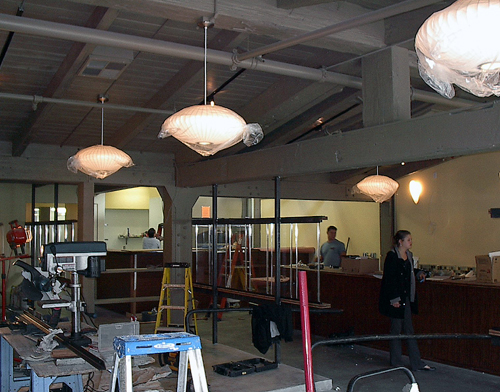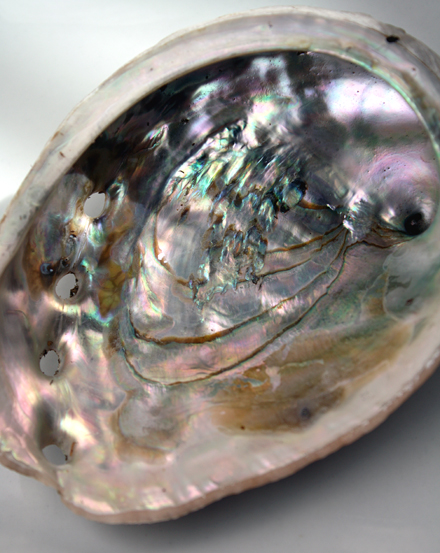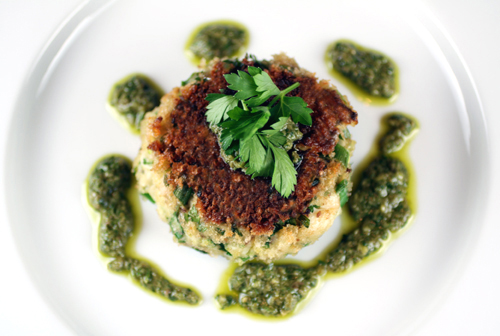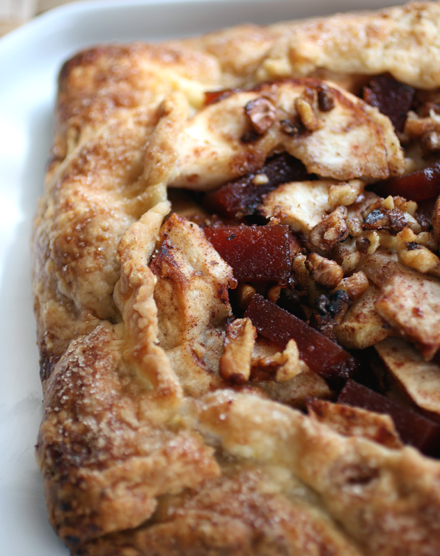
Remember those energy bars of yesteryear?
You know, the ones you ate because they were compact and handy on those sweaty, strenuous hikes — not because they tasted any good.
Newark, Calif.-based FullBloom Baking Company will erase those unappetizing memories once and for all.
Company founder Karen Trilevsky has created an individually wrapped Toasted Oatmeal Bar that’s made with 12 organic whole grains, plus tart cherries and raisins. It’s a palate-awakening alternative to other breakfast or energy bars on the market.
It’s almost cookie-like in texture, but more crumbly. The oat flavor and texture really come through in this crunchy, buttery bar. It tastes very much home-made rather than mass-produced.
Each 2.5-ounce bar has 350 calories, 18 grams of fat (8 grams of which are saturated fat), 44 grams of carbohydrates, 6 grams of protein, 210 milligrams of sodium, 35 milligrams of cholesterol, and 44 grams of total carbohydrates.
The Toasted Oatmeal Bar joins the 12-Grain Bar released earlier this year. FullBloom will add two more flavors before the end of the year: Cranberry Almond Bar, and Bacon Cornflake (Oh my!).
The bars retail for about $1.49 each. They are available at Whole Foods, Berkeley Bowl, Cosentino’s, and Peet’s Coffee & Tea.
In addition to her baking endeavors, Trilevsky also started a “Smart Cookes Scholarship” to pay for the college education of promising Hispanic youth in the Bay Area. So far, she’s help pay for 57 kids to attend college.
Her baking facility also is in the process of securing LEED platinum certification for adhering to best environmental practices.
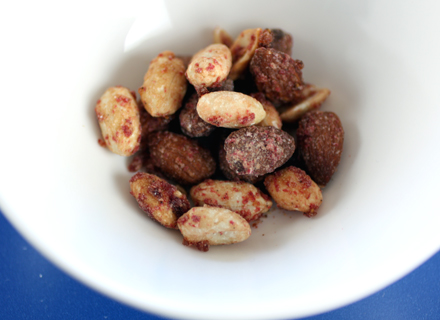
And now, without further adieu, I’m happy to announce the winners of the latest Food Gal contest, in which I invited all of you to tell me what your nuttiest cooking experience was.
I say, “winners,” because there were so many good ones once again that I decided to award second- and third-place prizes, too. Those winners will receive a cookbook from my vast collection. The grand prize winner will get four bags (2-ounce each) of Sahale Snacks nut blends, three (4-ounce) glazed nuts packages, and a Sahale Snacks apron.
Here are the winners:
Read more
